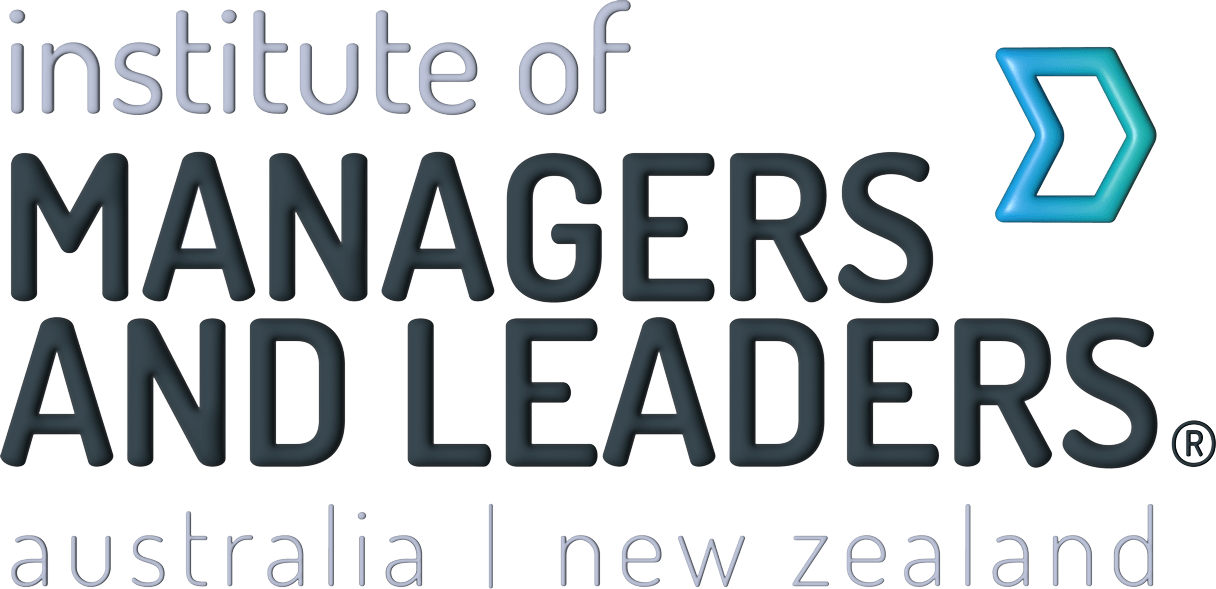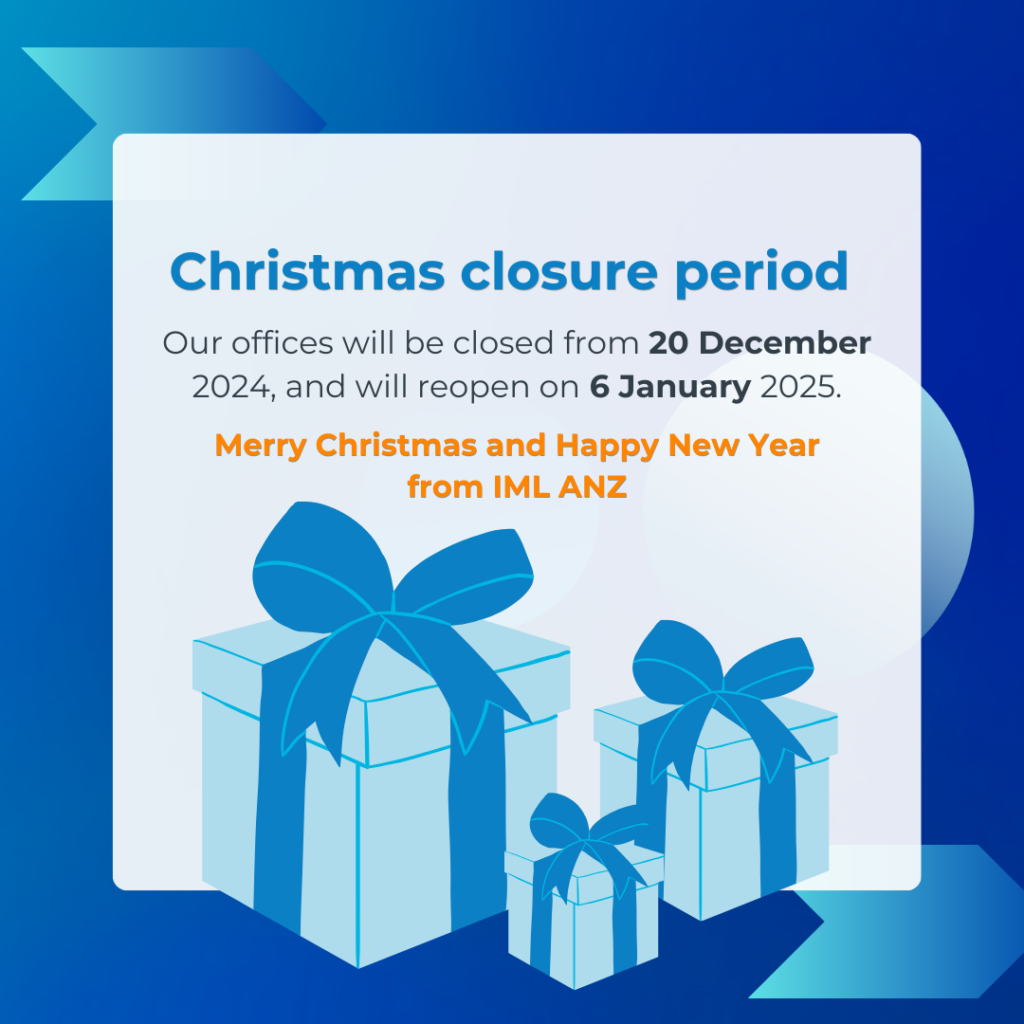All workplaces have a culture – sometimes more than one – that colours employees’ interactions and behaviour, as well as what is considered appropriate or acceptable conduct. The abstract, nebulous nature of culture often means organisations write it off as outside of their control. Nonetheless, the right culture is a crucial to a business’s success.
Brian Chesky, CEO of Airbnb, when asked about the importance of workplace culture in business replied:
“The stronger the culture, the less corporate process a company needs. When the culture is strong, you can trust everyone to do the right thing. People can be independent and autonomous. They can be entrepreneurial…Ever notice how families or tribes don’t require much process? That is because there is such a strong trust and culture that it supersedes any process. In organisations (or even in a society) where culture is weak, you need an abundance of heavy, precise rules and processes.”
A workplace’s culture is the product of each individual, their communication with one another, and the organisation and environment in which they work. No two cultures will be exactly the same, and what is a desirable culture for one workplace may not work for another. Below are some ideas for developing the culture you want for your workplace, whatever that may be.
Hire the right people
At the heart of a workplace’s culture are its people, which means creating the right culture for your workplace must inform your hiring practices. There will be many talented people with the education, experience and skills to match a role, but that won’t make them a good fit for the culture of the broader organisation. During the hiring process be explicit: ask prospective employees to describe the type of culture they have come from and what type of workplace culture they are hoping to move into. Include questions about their broader motivations, passions and values. This will enable you to make hiring choices that will actively contribute to the culture you want to create.
Create the right space
The physical environment that your employees work in will also inform the culture that develops. Substantial structural decisions such as whether the office is open plan and which departments are close to each other play a part, as do smaller decisions such as decor and seating arrangements. Also relevant to the environment’s impact on a workplace’s culture is how the space is used day-to-day: meeting locations and where lunch is eaten for example can all play a part in determining a workplace culture.
Have a clear vision
An organisation’s vision is the foundation of its culture. Although vision is determined at the top of an organisation, it lays the groundwork for determining the type of culture that will develop within the workplace. It will play a role in who applies for jobs within your organisation, who stays for the long-term, and how each employee will understand their role. So make sure that vision is clear, precise and accessible. Ensure every employee knows it, and lets it inform every action they take at work.
Measure it
Culture may seem an impossible concept to measure or quantify, and there will certainly be limits on how it can be presented in a spreadsheet. But with the right metrics and feedback loops, even something as intangible as culture can be measured. Having established the culture you want to facilitate, identify how this might manifest amongst the individual employees. Create surveys that directly address workplace culture and regularly collate the results. Even if you can’t put it into a graph, you will have some empirical data on the type of culture within your workplace.
Recognition and Reward
If you can measure it, you can reward it. Often workplaces will have a mismatch between what is desired behaviour and what is actually rewarded. Make sure you are providing clear and consistent indicators of the type of culture you want to foster and then reward those who follow suit by recognising and celebrating behaviour that creates the desired culture. Furthermore, ensure that instances where behaviour and interactions undermine a positive workplace culture are dealt with promptly.
Lastly, remember that a positive workplace culture needs to be reinforced from the top. As always, leadership is crucial in establishing the type of workplace that you want, so set the example who want to see mirrored by your employees. And never underestimate the value of a strong and positive workplace culture. As Chesky says, “If you break the culture, you break the machine that creates your products.”




 Jane Caro is an advocate of inclusion.
Jane Caro is an advocate of inclusion.
